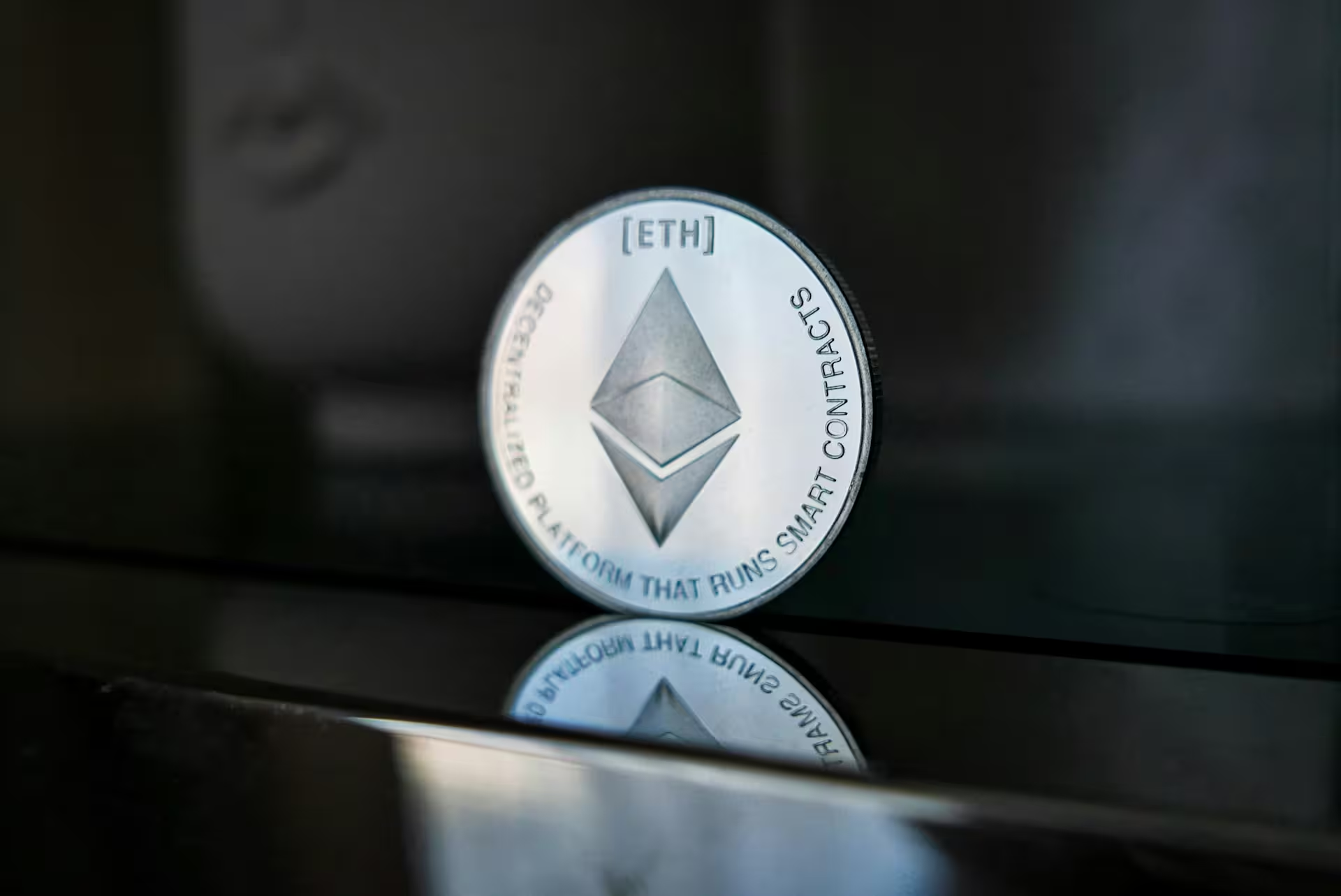Ethereum (ETH) co-founder Vitalik Buterin advocates reducing the ETH solo staking requirement to lower the entry barrier and promote greater network decentralization.
Buterin Sees 32 ETH Requirement As A Barrier
Responding to Ethereum educator Anthony Sassano on X regarding solo staking, Buterin expressed concern that the current 32 ETH requirement presents a bigger obstacle than bandwidth limitations.
Related Reading
For those unfamiliar, solo staking on Ethereum requires an individual validator to stake at least 32 ETH – approximately $75,200 at the current market price of $2,352. Solo staking allows crypto investors to earn passive income while directly contributing to the security of the Ethereum network.
Buterin views this high entry threshold as a barrier that prevents smaller ETH holders from participating. He suggested temporarily increasing bandwidth requirements to reduce the minimum staking deposit to 16 or 24 ETH. Buterin elaborated:
It’s net-good for both staking accessibility and scale. Then once we figure out peerdas, bandwidth reqs go back down, and once we figure out orbit SSF, the deposit minimum can drop to 1 ETH.
It’s important to note that ETH holders can still stake with as little as 1 ETH by using third-party staking services, centralized platforms, or staking pools. However, these options don’t offer the same level of control over one’s ETH as solo staking, where the node operator retains full custody of their holdings.
During the Ethereum Singapore 2024 event in September, Buterin emphasized the significance of solo stakers in bolstering Ethereum’s security and decentralization to tackle potential 51% attacks.
At the event, Buterin said that even a small increase in the proportion of solo stakers on the Ethereum network could work as an “extra layer of defense” for both security and privacy.
Ethereum Layer-2 Solutions Continue To Thrive
While the 32 ETH barrier may discourage small-scale ETH enthusiasts from solo staking, they can still benefit from the growing popularity of Ethereum layer-2 solutions, which have made transactions more affordable.
For instance, in June 2024, layer-2 scaling platform Optimism announced the launch of open-source and permissionless fault proofs, enabling users to verify off-chain transactions’ validity securely.
Similarly, in August 2024, asset manager Franklin Templeton approved…
Click Here to Read the Full Original Article at NewsBTC…
























